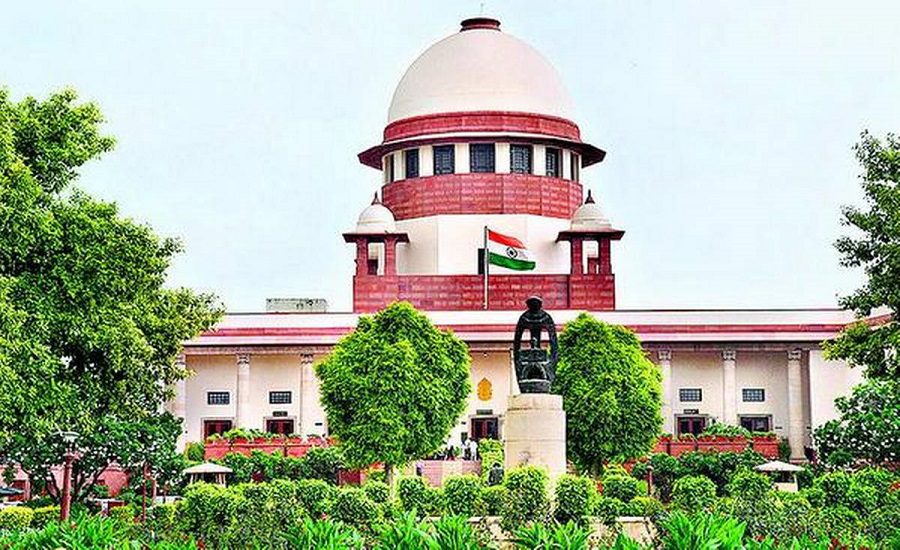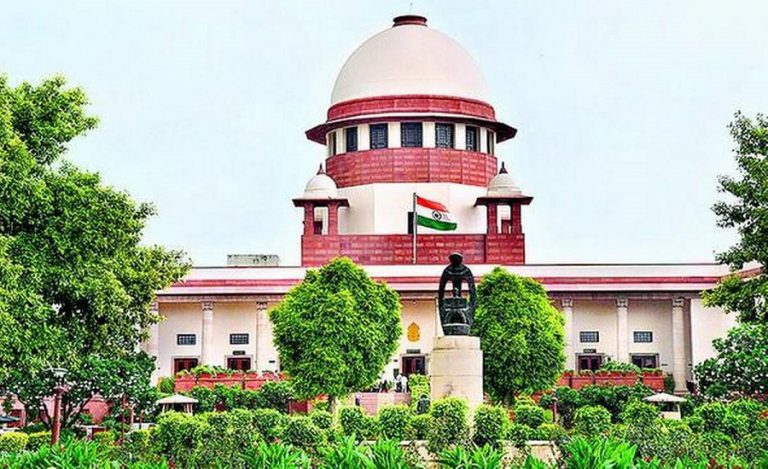New Delhi: On 7 November 2025, The Supreme Court of India delivered a sweeping order seeking urgent action to tackle the growing menace of stray dogs and cattle. The apex court has directed state governments, municipal authorities and the National Highways Authority of India (NHAI) to remove stray animals from highways, expressways and institutional premises including schools, hospitals and colleges.
This decision comes against a backdrop of alarming dog-bite numbers, especially around institutional zones, and increasing road accidents linked to stray cattle. The court’s aim to protect public safety—especially vulnerable groups such as children and patients—and enforce compliance across all states and union territories.
Background of the Stray Dogs Issue
In recent months, media reports highlighted a sharp increase in dog-bite incidents in school premises, hospital surroundings and public transport hubs.
Simultaneously, stray cattle on national highways and expressways were being flagged as serious road-safety hazards. The Rajasthan High Court had earlier issued directives on the matter, which the Supreme Court has now extended nationwide.
The case was taken up by a three-judge bench of the Supreme Court comprising:
- Vikram Nath (Justice)
- Sandeep Mehta (Justice)
- N V Anjaria (Justice)
In the court’s order, states were given tight deadlines: within two weeks to identify vulnerable institutional premises and three weeks to file compliance affidavits.
What the Supreme Court Ordered
1. Removal of Stray Animals from Highways & Expressways: The court reaffirmed the earlier Rajasthan High Court order and extended it to all states and union territories. It directed public works, municipal, road and transport authorities to remove stray cattle from highways and expressways and rehabilitate them in shelters immediately.
Key points:
- Each relevant authority must form a dedicated highway patrol team to report stray cattle.
- All National Highways should establish helpline numbers for reporting stray animals.
- Chief Secretaries of states will be held personally accountable for enforcing these directives.
2. Fencing of Schools, Hospitals & Other Institutional Premises: To curb stray-dog entries into areas with high human footfall, the court directed:
- States and UTs must identify government and private educational, health institutions within two weeks.
- Such premises should be secured with fences or boundary walls to restrict access to stray dogs.
- The management of each institution must appoint a nodal officer responsible for upkeep and coordination with municipal bodies.
- Local municipal authorities / panchayats must inspect these premises at least once every three months to ensure compliance.
3. No Re-release of Captured Dogs at the Same Location: The court emphasised that stray dogs captured from institutional premises “shall not be released back to the same location from which they were picked up”, since doing so would defeat the purpose of restricting ingress.
4. Compliance Timeline & Reporting: States and UTs have three weeks to file status and compliance affidavits.
The bench will verify compliance and monitor progress.
Why This Matters — The Motive & Impact
1. Public Safety: Dog bite incidents, especially around children, students and patients have become a serious concern. Instituting fencing and animal removal seeks to mitigate this risk.
2. Road Safety: Stray cattle on highways lead to accidents, causing fatalities or injuries. Setting patrols and helplines aims to reduce such incidents.
3. Accountability & Uniformity: The order creates a centralised, uniform framework—across all states—ensuring no region remains lax.
4. Institutional Vulnerability: Schools, hospitals and colleges are high-risk zones due to the concentration of children, patients and staff. Securing them is a key preventive measure.
5. Animal Welfare Compliance: While the focus is on human safety, the order also ties into implementation of the Animal Birth Control Rules, 2023, which regulates stray animal management.
Key Challenges Ahead
- Infrastructure and Funding: Fencing many institutions, especially in rural or under-funded areas, may face resource constraints.
- Shelter Capacity and Animal Welfare: With large numbers of stray dogs and cattle involved, moving them to shelters and ensuring their well-being will be logistically demanding.
- Coordination: Multiple authorities (state govt, municipal bodies, NHAI, transport authorities) need seamless cooperation.
- Monitoring & Enforcement: Ensuring that states submit affidavits and take action within deadlines will test the court’s oversight.
- Balancing Animal Rights: While the directive focuses on safety, there remains the need to ensure humane treatment of stray animals—a point raised by activists.
What’s Next — Implementation & Follow-Up
- States and UTs must act within the stipulated two-week identification period for fencing institutional premises.
- Three-week deadline for compliance affidavits to be filed.
- Municipal/panchayat bodies to conduct quarterly inspections of fenced institutional premises.
- Dedicated highway patrol teams and helpline numbers to be established on all National Highways for stray cattle monitoring and reporting.
- Further hearings scheduled by the Supreme Court to assess progress and direct follow-up actions.



























